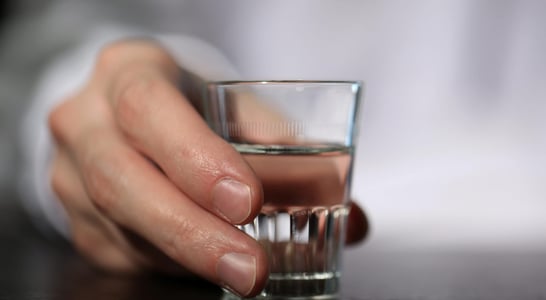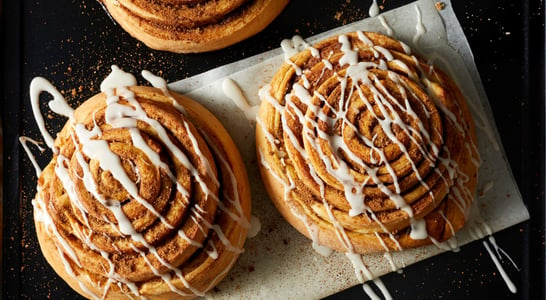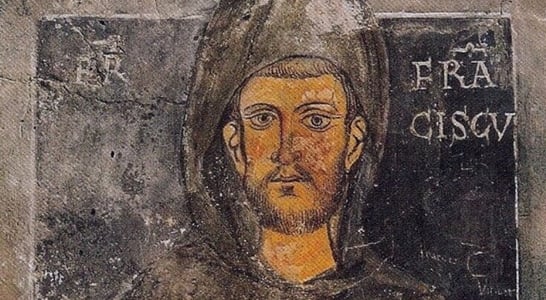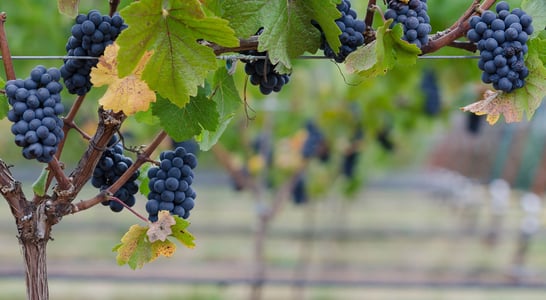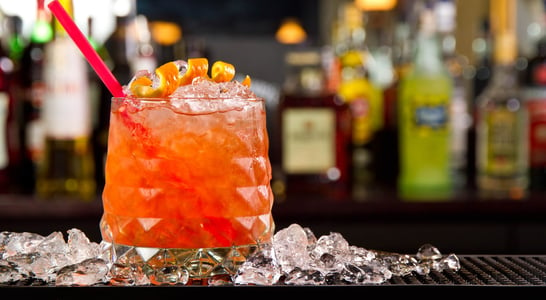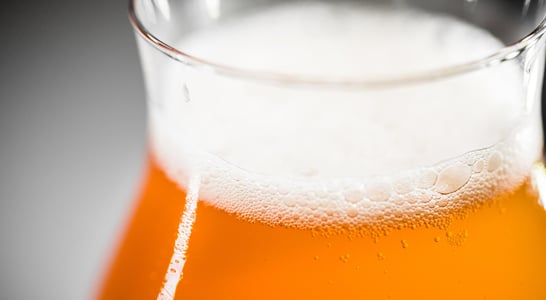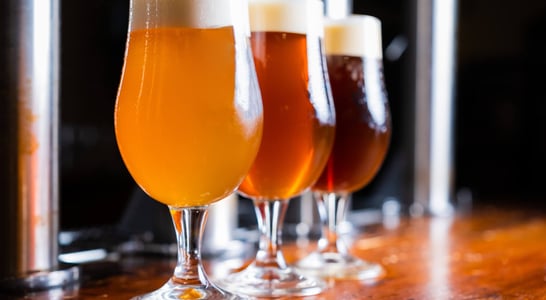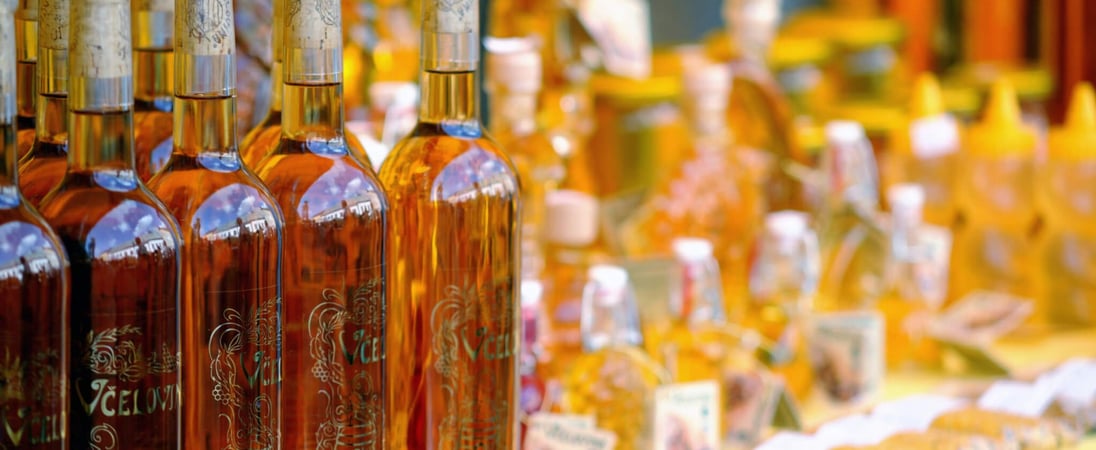
National Mead Day
Mead Day is a vibrant celebration of mead, an alcoholic beverage made from fermented honey. This special day highlights the variety and rich history of mead, bringing people together to explore different flavors and styles.
It’s a time for both seasoned mead enthusiasts and curious newcomers to enjoy tastings, share experiences, and learn about this ancient drink in a lively and engaging atmosphere.
Celebrating Mead Day emphasizes the cultural significance and craftsmanship behind mead-making. Throughout history, civilizations like the Vikings and ancient Greeks cherished mead for its unique qualities.
The day encourages appreciation of mead’s diverse types and the traditional methods used to create it. Events often feature educational tours, discussions, and opportunities to taste different kinds of mead, making it both fun and informative.
Mead Day also supports local meaderies and home brewers, fostering a sense of community. People visit local breweries, learn about the mead-making process, and even try brewing their mead.
This celebration promotes small businesses and connects people who share a love for this distinctive beverage. It’s a perfect occasion to discover new flavors and enjoy the communal spirit that mead inspires.
How to Celebrate Mead Day
Host a Mead Tasting Party
Invite friends over and sample different mead varieties. Set up a tasting table with various styles, from sweet to dry. Everyone can vote for their favorite.
Include tasting notes to spark lively discussions about flavors and aromas. Encourage guests to bring their mead creations to share.
Visit a Local Meadery
Find a local meadery and plan a visit. Enjoy a tour and learn about the mead-making process. Most meaderies offer tastings so that you can savor their unique blends.
Ask the mead maker questions and get insider tips. Supporting local businesses has never been more fun.
Brew Your Mead
Try brewing your mead at home. Gather honey, water, and yeast and follow a simple recipe. Experiment with different ingredients, such as fruits or spices.
Brewing your mead is a rewarding experience and a great way to understand the process.
Share on Social Media
Document your Mead Day celebrations and share them online. Post pictures of your tasting party, brewery visit, or brewing process.
Use hashtags to join the broader community of mead lovers. Sharing your experience might inspire others to join the fun next year.
Make Mead-Inspired Crafts
Get creative with mead-themed crafts. Use honey and beeswax to make candles, lip balms, or lotions. These crafts can be fun to make and also make great gifts.
Celebrate the bees that produce the honey for your favorite drink. Crafting adds a hands-on element to your celebration.
History of Mead Day
Mead Day, first established by the American Homebrewers Association in 2002, celebrates mead, an ancient beverage made from fermented honey.
This day encourages people to brew mead at home and share their creations, fostering a sense of community among mead enthusiasts.
The event highlights the rich cultural and historical significance of mead, which has been enjoyed by various civilizations for thousands of years.
The creation of Mead Day aimed to promote awareness and appreciation of mead. The American Homebrewers Association wanted to inspire more people to explore mead-making.
This initiative helped increase interest in mead, leading to its resurgence in popularity. Today, the celebration includes tasting events, brewing demonstrations, and discussions about different mead styles and techniques.
Mead Day is celebrated by visiting local meaderies, participating in brewing workshops, and enjoying tastings with friends and family. It also provides an opportunity to learn about the history and production of mead, showcasing its versatility and unique flavors.
By bringing people together to appreciate this ancient drink, Mead Day helps preserve and promote the tradition of mead-making for future generations.
Though it used to be celebrated in August, in 2023 National Mead Day changed dates to now be celebrated on the first Saturday in October. Meanwhile, International Mead Day (along with National Fermentation Day) is still held on the first Saturday in August.
National Mead Day FAQs
Did mead influence the term “honeymoon”?
Yes, in medieval Europe, newlyweds drank mead for a month to boost fertility and happiness.
This tradition led to the term “honeymoon.” Mead was often gifted to the couple by the bride’s family, ensuring they had enough to last the first month of marriage.
Some cultures even believed that drinking mead during this period would guarantee the birth of a son.
Is mead considered the world’s oldest alcoholic drink?
Evidence suggests that mead dates back to 7000 BCE in China, making it possibly the oldest known alcoholic beverage.
Archaeologists discovered ancient pottery containing traces of fermented honey, rice, and fruit, indicating early mead production.
Unlike beer or wine, mead doesn’t require grain or grapes, making it an accessible drink in ancient civilizations.
How did mead feature in ancient literature?
In the Old English epic poem Beowulf, warriors celebrated victories in mead halls, highlighting mead’s cultural significance.
These halls were more than just places to drink; they served as centers of storytelling, diplomacy, and community bonding.
Even today, fantasy novels and films often depict grand mead halls, paying homage to their historical importance.
What role did mead play in Viking rituals?
Vikings consumed mead during ceremonies and believed it bestowed wisdom and poetic inspiration. According to Norse mythology, the Mead of Poetry, created from the blood of a wise god, granted wisdom to those who drank it.
Viking warriors also toasted with mead before battle, believing it would grant them favor with the gods.
Are there unique mead varieties worldwide?
Yes, for instance, tej is an Ethiopian mead flavored with a native herb called gesho, offering a distinct taste.
Polish trójniak mead is made with one part honey to two parts water, creating a sweeter, less alcoholic variety.
In Mexico, balché is a traditional fermented drink made with honey and the bark of the Lonchocarpus tree.
Did ancient Greeks associate mead with divinity?
Ancient Greeks believed mead was a gift from the heavens, often referring to it as the “nectar of the gods.”
The philosopher Aristotle described mead as the first type of wine, predating grape-based varieties.
Greek priests and oracles would consume mead in religious ceremonies, believing it connected them to divine wisdom.
How did medieval monks contribute to mead production?
Medieval monks were skilled mead makers, using honey from their beekeeping activities to produce this cherished drink.
Monasteries often had dedicated mead-making areas, refining recipes over centuries. Some historic monasteries in Europe still produce mead today, keeping this ancient tradition alive.
Is mead used in modern medicinal research?
Recent studies explore mead’s antimicrobial properties, considering its potential benefits in combating certain infections.
Honey, a key ingredient, is already known for its antibacterial effects, and researchers believe fermented honey drinks could offer additional health benefits.
Some experimental meads are being tested for their probiotic qualities, similar to kombucha.
How is mead celebrated in contemporary festivals?
Events like the Orcas Island Cider & Mead Festival in July showcase mead’s enduring appeal, featuring tastings and mead-making workshops.
The Mazer Cup in Colorado is one of the world’s largest mead competitions, drawing entries from around the globe.
In Poland, Mead Day coincides with medieval fairs, where people dress in historical costumes and drink mead from traditional goblets.
Are there myths about mead’s origins?
Some legends suggest that mead was discovered when rainwater mixed with honey in a bee’s nest, leading to natural fermentation.
Another story claims that in ancient Ireland, fairies gifted mead to humans, teaching them the secrets of fermentation.
In Norse mythology, the gods created a magical mead that could turn anyone into a poet or scholar.
See what else is happening…
There’s always more going on every month at Days Of The Year. Here are our favorites this month!
Also on ...
View all holidaysNational Good Buddy Day
Inspired by connectivity crackling through the airwaves, shared tales echo like a convoy's camaraderie—Good Buddy vibes resonate.
National Vodka Day
Raise your glass and have a toast to one of the world’s most versatile spirits, vodka. Try infusing your own vodka, buying a new flavor, or making a new cocktail.
National Cinnamon Roll Day
Enjoyed the world over, these delectable Swedish morsels are every pastry-lover’s dream. Take a sumptuous bite on Cinnamon Roll Day!
We think you may also like...
National Pinot Noir Day
Gather friends and family for a wine-tasting affair, perhaps with a selection from different regions like Bergundy, France and the Willamette Valley, Oregon.
World Cocktail Day
Host or attend a cocktail party and try out some new flavors, or perfect your hand at mixing any number of drinks, from a White Russian to a classic Cosmo.
National Homebrew Day
A delightful way to create unique and delicious craft beers. From sweet and fruity to hoppy and bold, the possibilities are endless.
American Craft Beer Week
Exploring diverse flavors and styles, American craft beer showcases innovation and craftsmanship, delighting enthusiasts worldwide.

